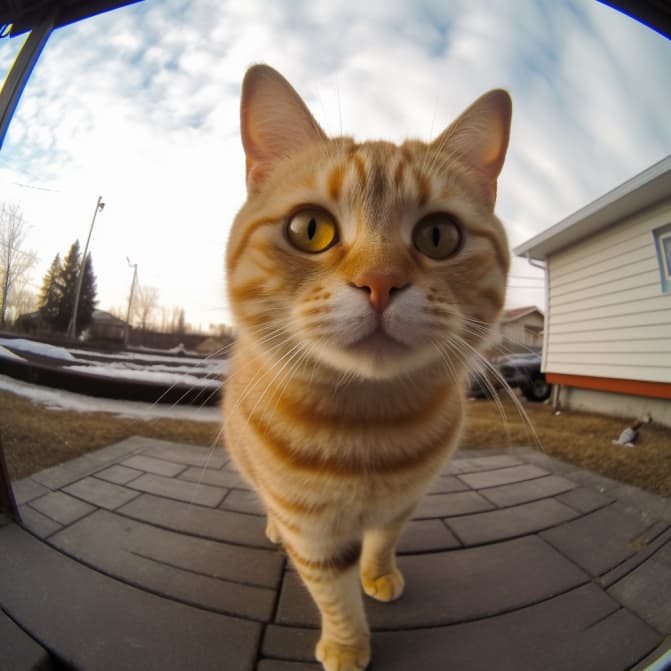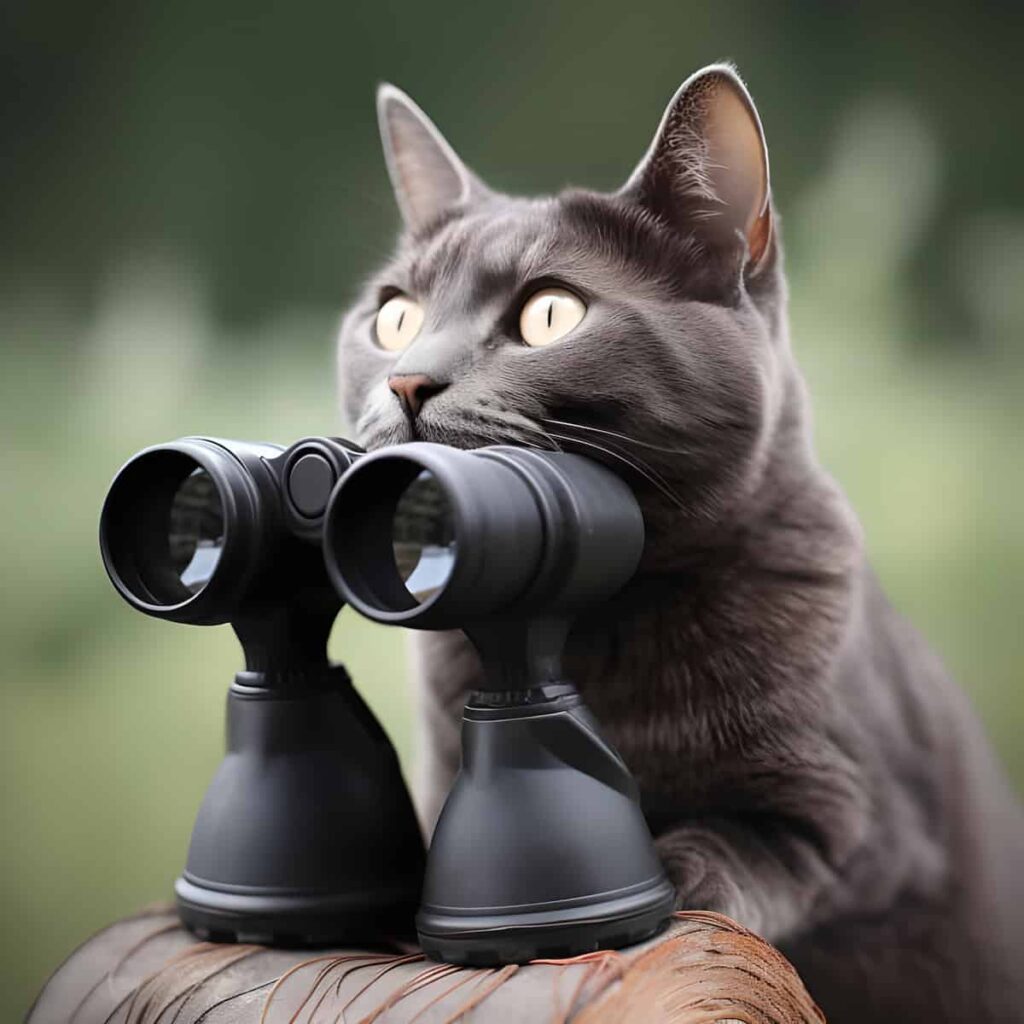Paris, France
Cats are known for their expressive and mysterious eyes, but what about their vision? How do cats see? Cats' eyes are adapted for their lifestyle, with specific abilities for color perception, night vision and visual acuity. This article explores the peculiarities of the cat's eye anatomy and how these influence their perception of the world.
Anatomy and structure of the cat's eye
General structure of the eye
The cat's eye is made up of different parts, including the cornea, iris, lens and retina. These structures work together to allow cats to perceive their surroundings and adapt to different lighting conditions.
Comparison with the human eye
Although the cat's eye has similarities to the human eye, there are key differences. For example, cats have a reflective membrane called tapetum lucidum, which improves their night vision. Additionally, their pupil is able to contract into a vertical slit, unlike the human pupil which contracts into a circle.
Specificities of cat eyes
Cats' eyes also have specific features that allow them to better perceive movements and quickly adapt to changes in light. Their lens is more flexible and their retina contains more rods, which are responsible for detecting movement and night vision.

Color perception in cats
Range of colors visible to cats
Contrary to popular belief, cats do not see in black and white. Their color perception is limited compared to that of humans, but they can distinguish certain shades of blue and green.
Comparison with human vision
Humans have three types of retinal cones, allowing a more extensive and precise color perception. Cats, on the other hand, have only two types of cones, which explains their more restricted range of colors.
Impact on the behavior and daily life of cats
Cats' limited color perception can affect the way they interact with their environment. For example, they might be less attracted to toys certain colors or have difficulty distinguishing similar objects.
Night vision: how do cats see at night?
Night vision capabilities
Thanks to tapetum lucidum and a large number of rods in their retina, cats have exceptional night vision. They can see up to six times better than humans in low light conditions.
Adaptation to different lighting conditions
Cats are able to quickly adapt to changes in light. Their slit-shaped pupil allows them to precisely control the amount of light that enters the eye, giving them excellent vision in widely varying conditions.
Importance of Night Vision for Cats
Night vision is essential for cats because it allows them to hunt and navigate their environment when they are most active, usually at dawn and dusk. This ability also helps them avoid predators and protect their territory.

Visual acuity and field of vision of cats
Comparison between cats and humans
Cats' visual acuity is lower than that of humans, meaning they don't see details as clearly as we do. However, their field of vision is wider, allowing them to detect peripheral movements more effectively.
Adaptation for hunting and exploration
Cats' visual acuity and field of vision are adapted to their hunting lifestyle. Their willingness to detect movement and track prey is essential for their survival and success in capturing food.
Limitations of Cat Vision
Despite their adaptations, cats' vision has limitations. They have difficulty distinguishing stationary objects and may have difficulty seeing up close. Additionally, their limited color perception may make them less sensitive to certain shades and contrasts.
Signs of Vision Problems in Cats
Symptoms to watch out for
It's important to watch for signs of vision problems in cats, such as reddened eyes, discharge, sensitivity to light, poor coordination, or difficulty finding food and water.
Possible causes of vision problems
Vision problems in cats can be caused by a variety of factors, such as infections, trauma, genetic diseases, or age-related conditions, such as cataracts.
Veterinary consultation and treatments
If you suspect your cat has vision problems, consult your veterinarian for a thorough examination. Treatments will depend on the underlying cause of the problem and may include medication, surgery, or adjustments to your cat's environment to make daily life easier.
To conclude
Cats' eyes are fascinating and adapted to their lifestyle as nocturnal hunters. Their color perception, night vision, and visual acuity are different from humans, providing unique advantages and limitations. Monitoring the eye health of our feline companions and consulting a veterinarian if any concerns arise is crucial to ensuring their well-being and quality of life.


